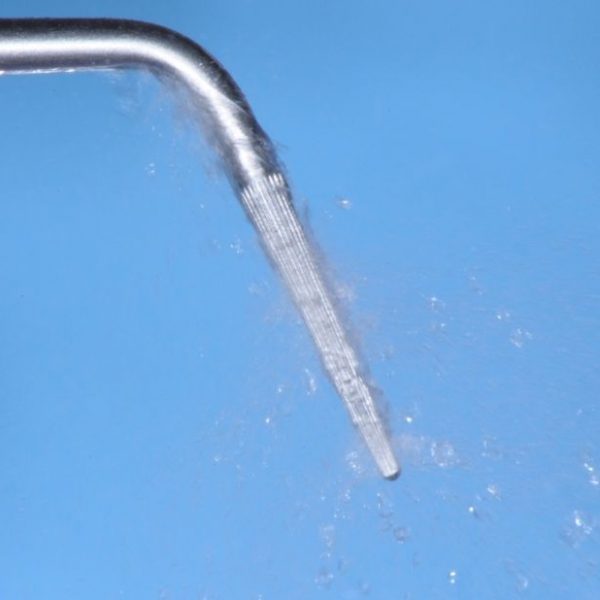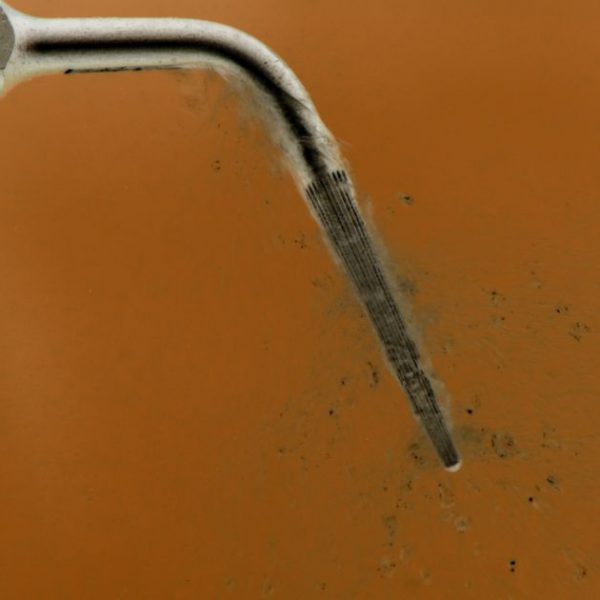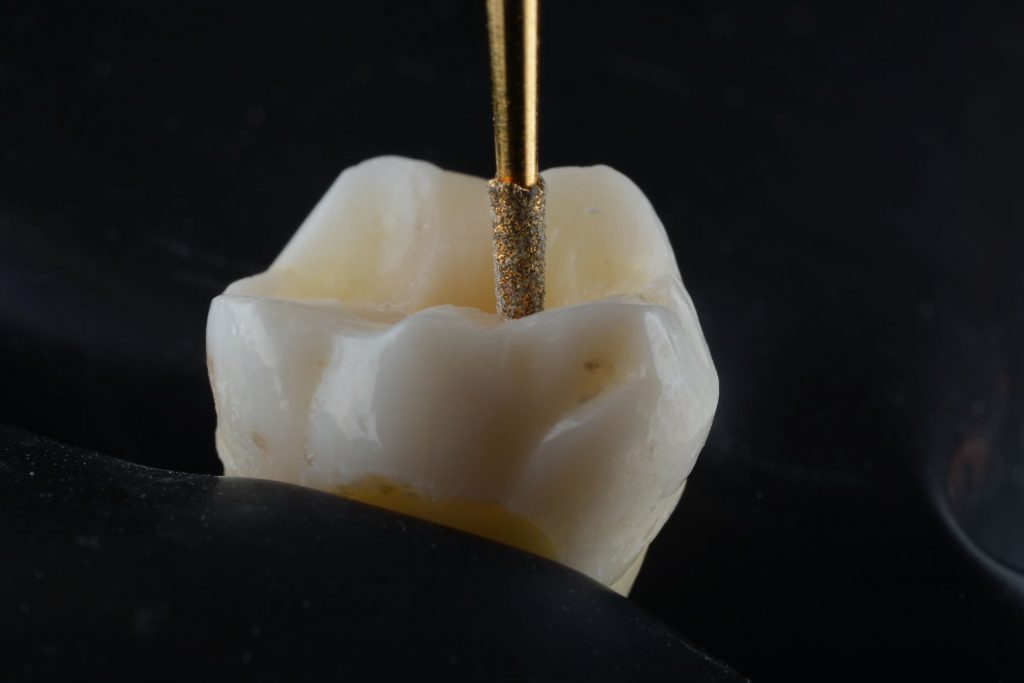
Our choice for the Obtura Spartan Endodontics US tips
13/03/2020
Riccardo Tonini
Warning: Undefined variable $post in /var/www/vhosts/styleitaliano-endodontics.org/endodontics.styleitaliano.org/wp-content/plugins/oxygen/component-framework/components/classes/code-block.class.php(133) : eval()'d code on line 2
Warning: Attempt to read property "ID" on null in /var/www/vhosts/styleitaliano-endodontics.org/endodontics.styleitaliano.org/wp-content/plugins/oxygen/component-framework/components/classes/code-block.class.php(133) : eval()'d code on line 2
Ultrasonics in Endodontics has improved the quality of treatment and represents an important adjunct in the treatment of conventional and difficult cases. Since its introduction, Ultrasonics has become increasingly more useful in applications such as access cavity refinement, canal orifices scouting, removal of intracanal materials and obstructions, and endodontic surgery. This is a guide and a selection of the tips of one of the best brand of Ultrasonic tips, Obtura Spartan Endodontics.
Thanks to the diffusion of operative microscopes, the concept of minimally invasive dentistry associated to ultrasonics has been introduced. New approaches have been applied to many steps of the Endodontic treatment. With respect to Ultrasonics, the operator found them useful for:
Access refinement
Calcified canals finding
Pulp stones removal
Irrigants activation
Broken files removal
Fiber posts removal
Cast posts removal
Surgical Endodontics
The main question is: which tips should the operator buy? How many of them?
We tested for you Obtura Spartan Endodontics tips and we did a selection in order simplify and guide the Endodontist.
Special thank to Ivan Mirovic for providing the cover photo and Images 1, 3, 5 and 13.
Fig. 1
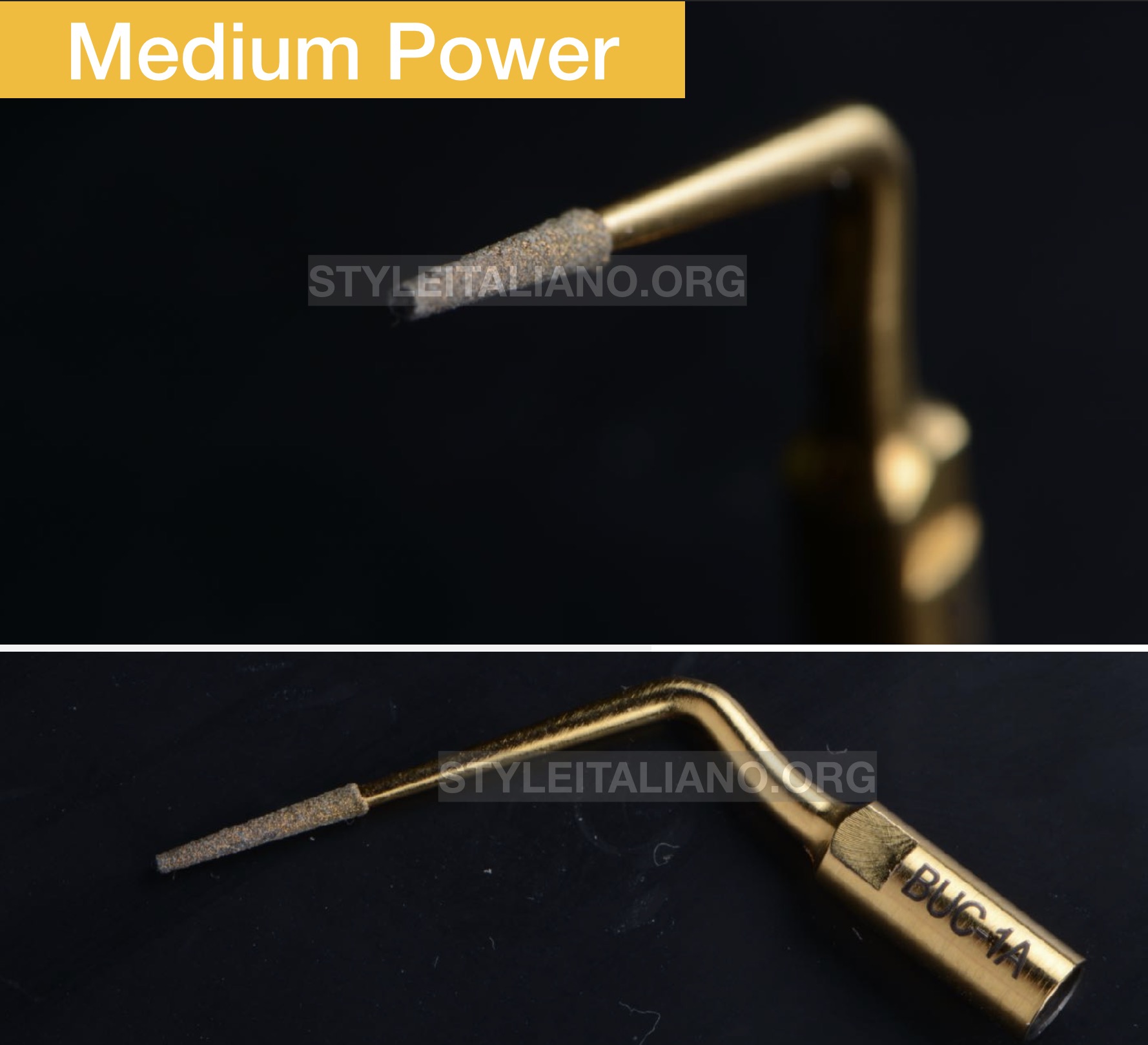
Fig. 1
Access cavity refinement
Following our criteria of access cavity design, we selected Buc 1, and Buc 1A for this purpose.
The visual access and superior control of US cutting tips are able to remove grooves created by burs, making the walls smoother with a limited loss of dentin. These diamond coated tips have shown a greater cutting efficiency than either stainless steel tips.
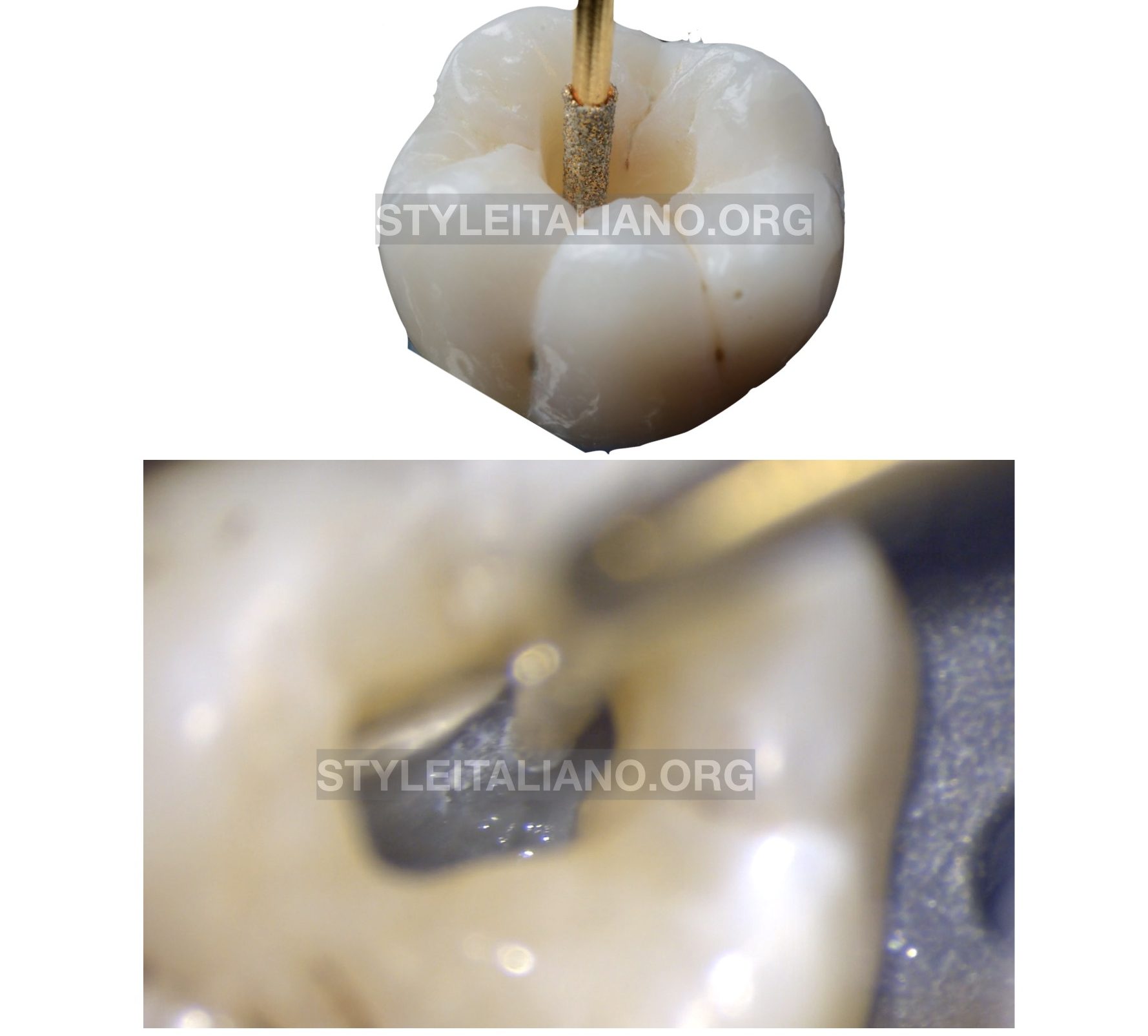
Fig. 2
Access cavity refinement
BUC-1 and 1A.
The BUC-1 can be used for gross dentin removal, moving access line angles.
The BUC-1A tip has the same tip geometry as the BUC-1, only in a narrower diameter. This is useful for removing dentin from isthmuses.
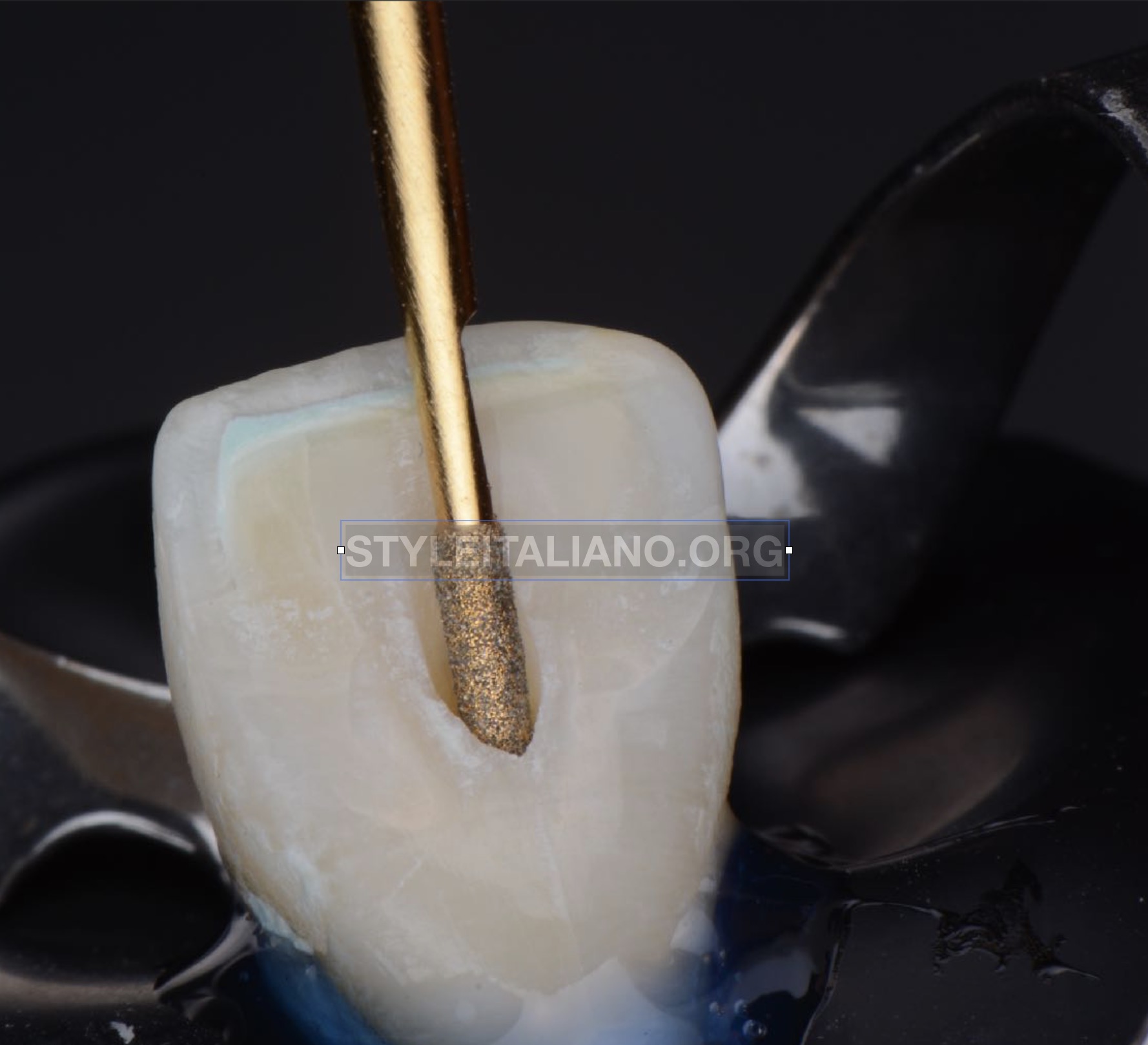
Fig. 3
Buc 1A is smaller than Buc 1 and its use is suggested for refining access cavity in single rooted teeth.
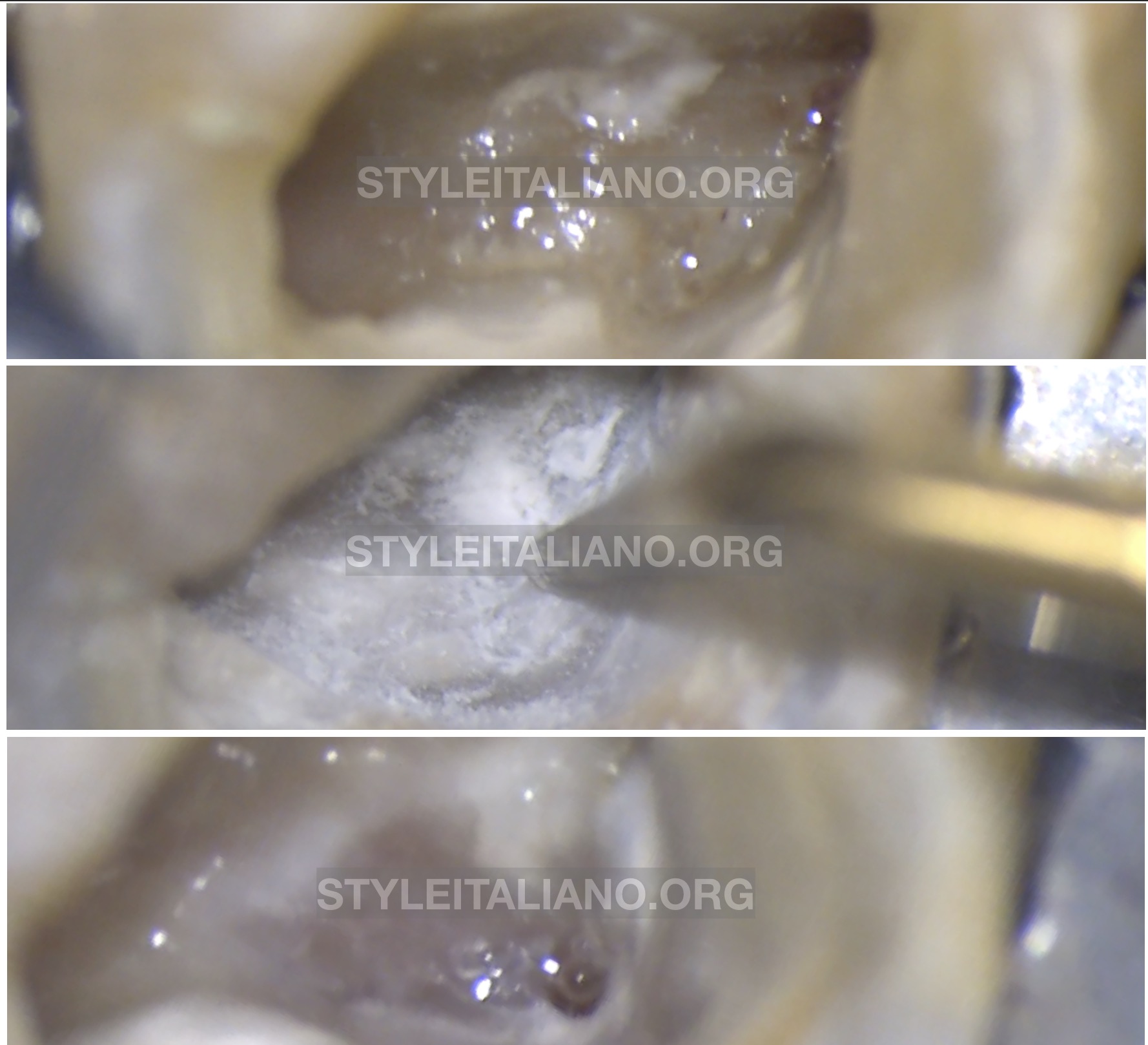
Fig. 4
Finding calcified canals
Buc 1 in action during a difficult canal scouting. It’s suggested to reduce the source power, considering that the operator must work without water.

Fig. 5
Metal Post removal
BUC-2
A different use for this tip is the metal post removal.
Touching by side a metal post, after few seconds it is possible to remove all these kind of obstacles.
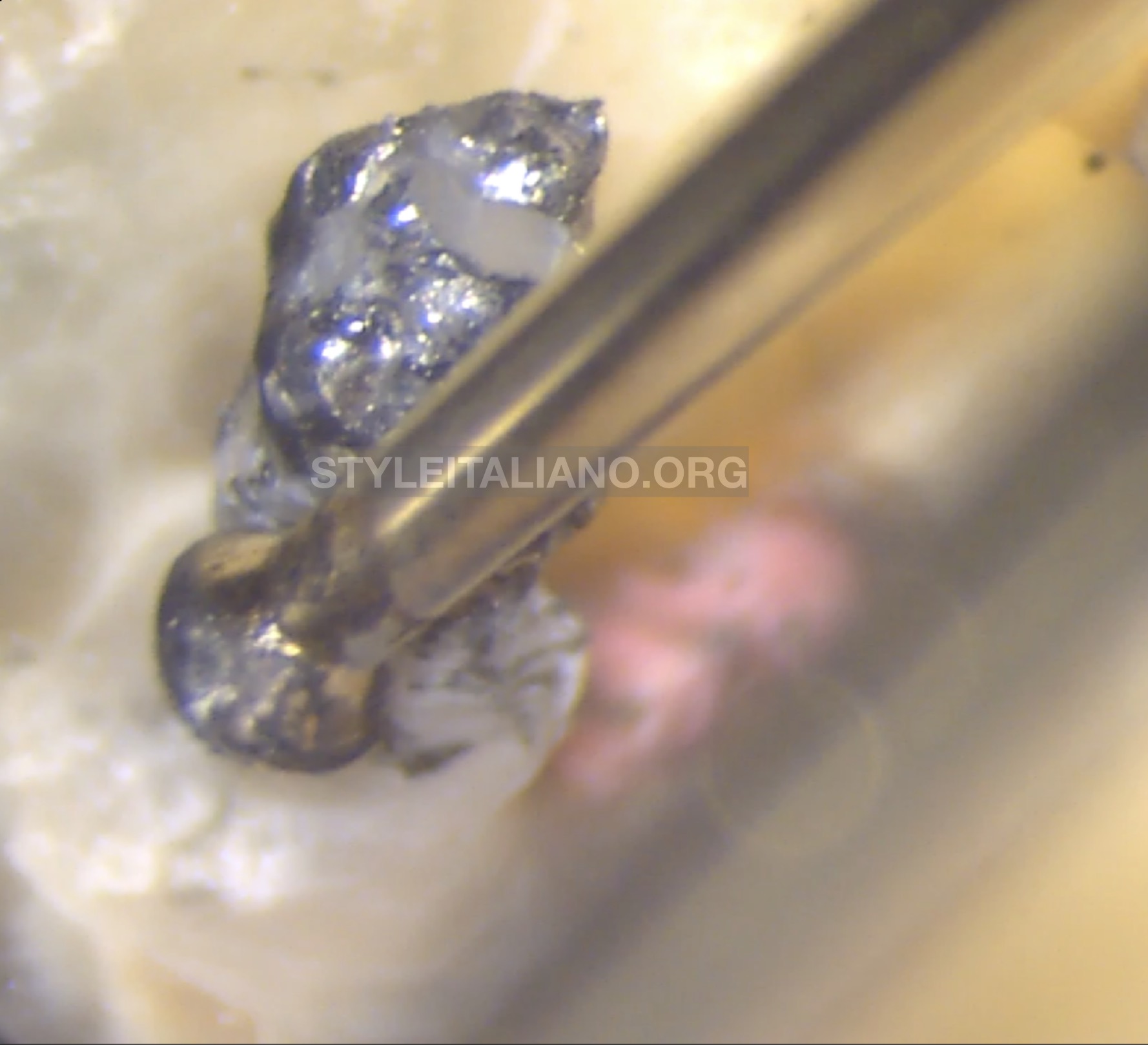
Fig. 6
Nonsurgical endodontic retreatment of teeth restored with intraradicular posts continues to represent a challenge for the operator.
The objective is to remove screwed metal post or cast post without weakening, perforating or fracturing the root.
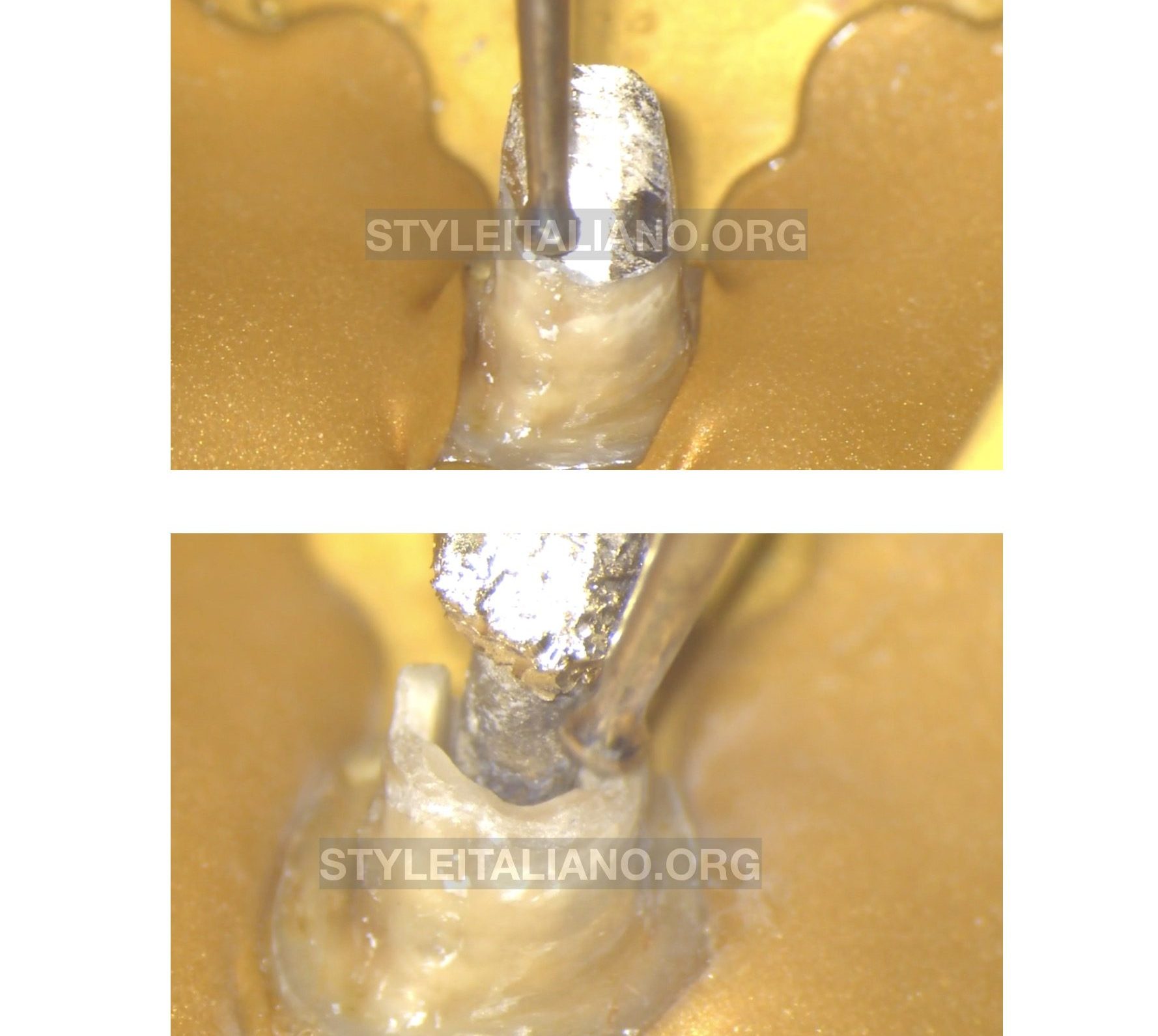
Fig. 9
Cast post removal performed with Buc 2.
Even if stressed and consumed, the tip is really efficient.
It is advised to use a high power mode and ask to the assistant to blow air with a Stropko syringe on the post in order to cool the tooth.
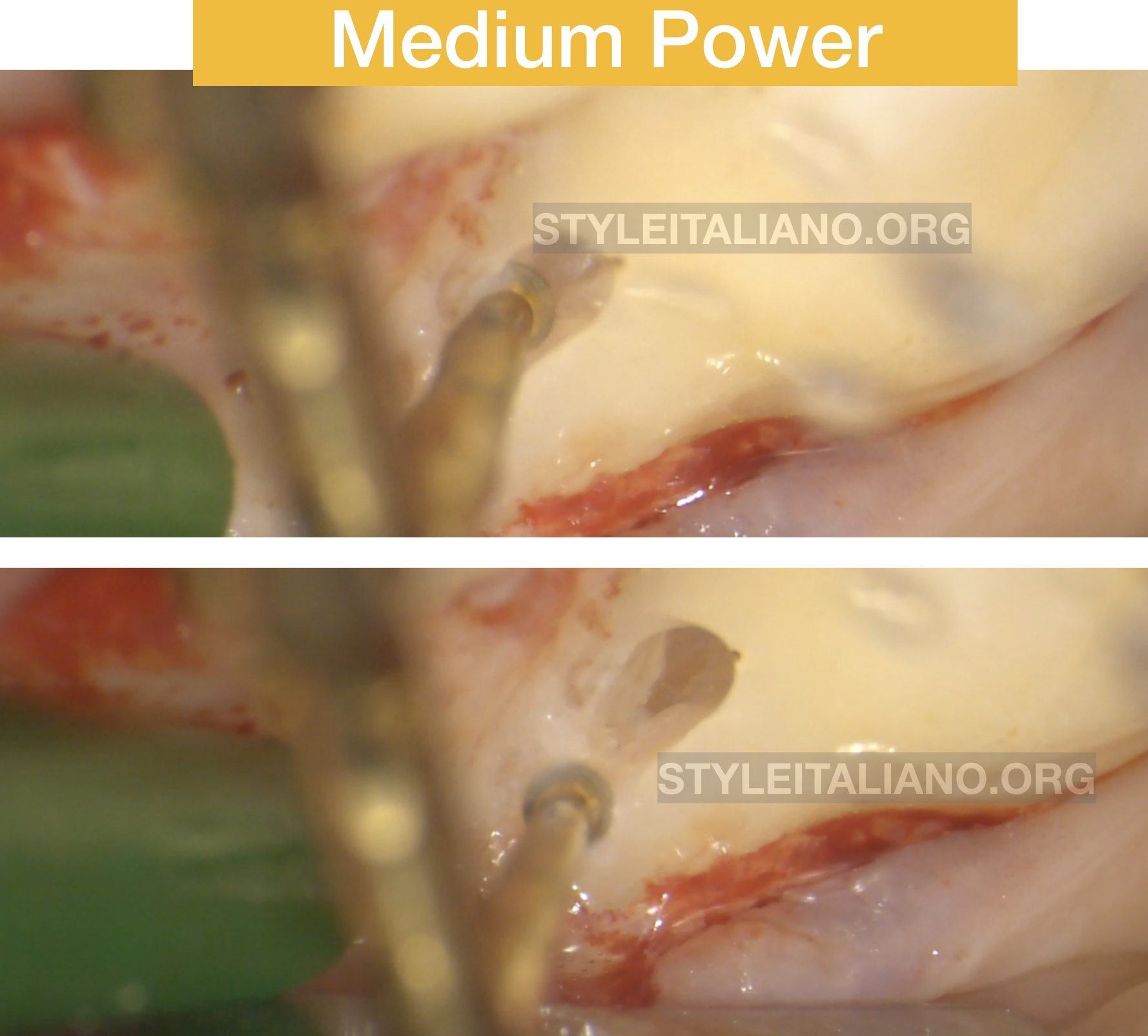
Fig. 10
Small cavities refinement
Buc 2A has diamond coating only on the front face. It can be used also for preparing and refining microcavities, like in this case of external resorption
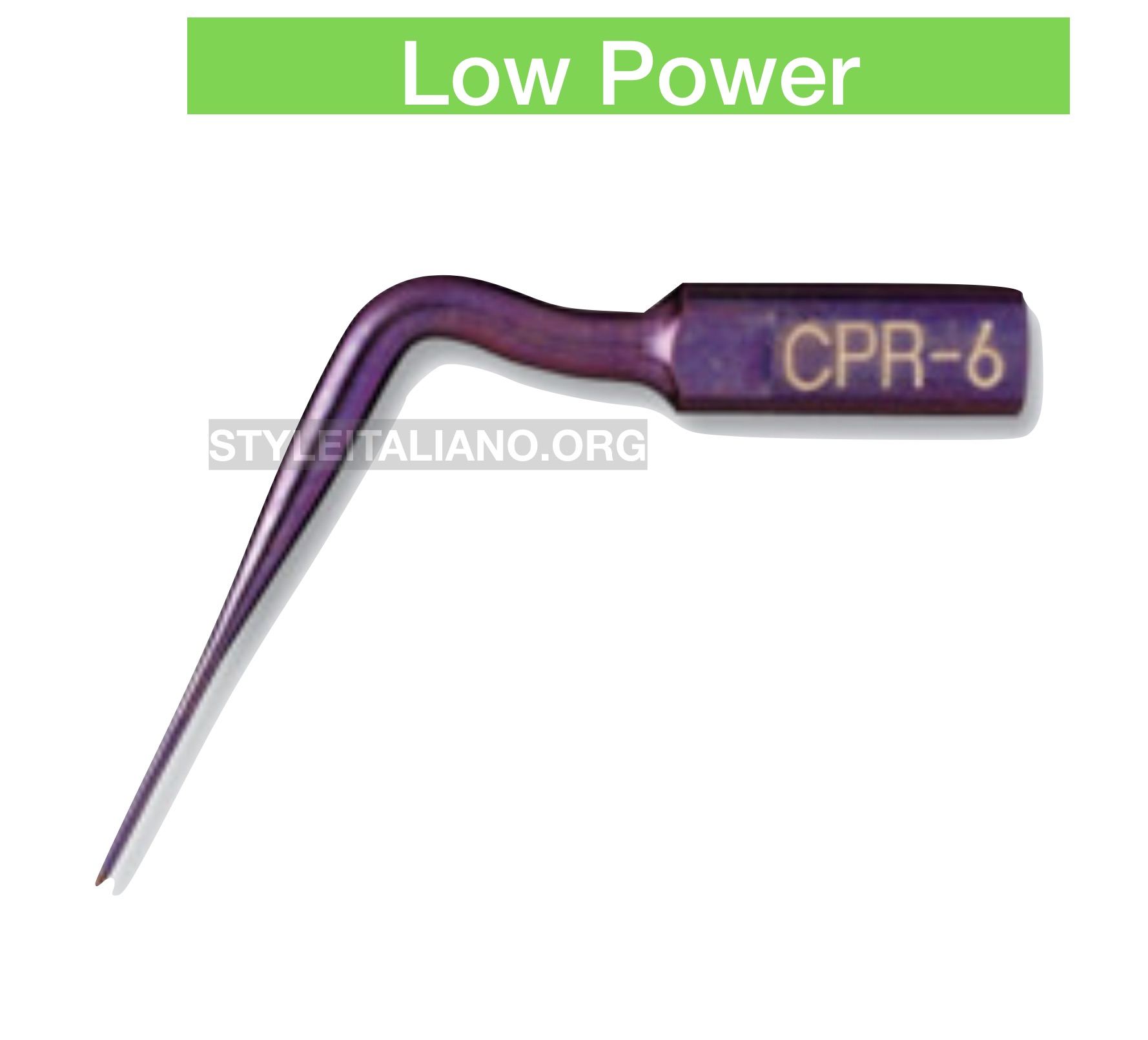
Fig. 11
Intracanal obstacles
CPR 6 is made by a titanium alloy that results in a smoother cutting action with less chatter.
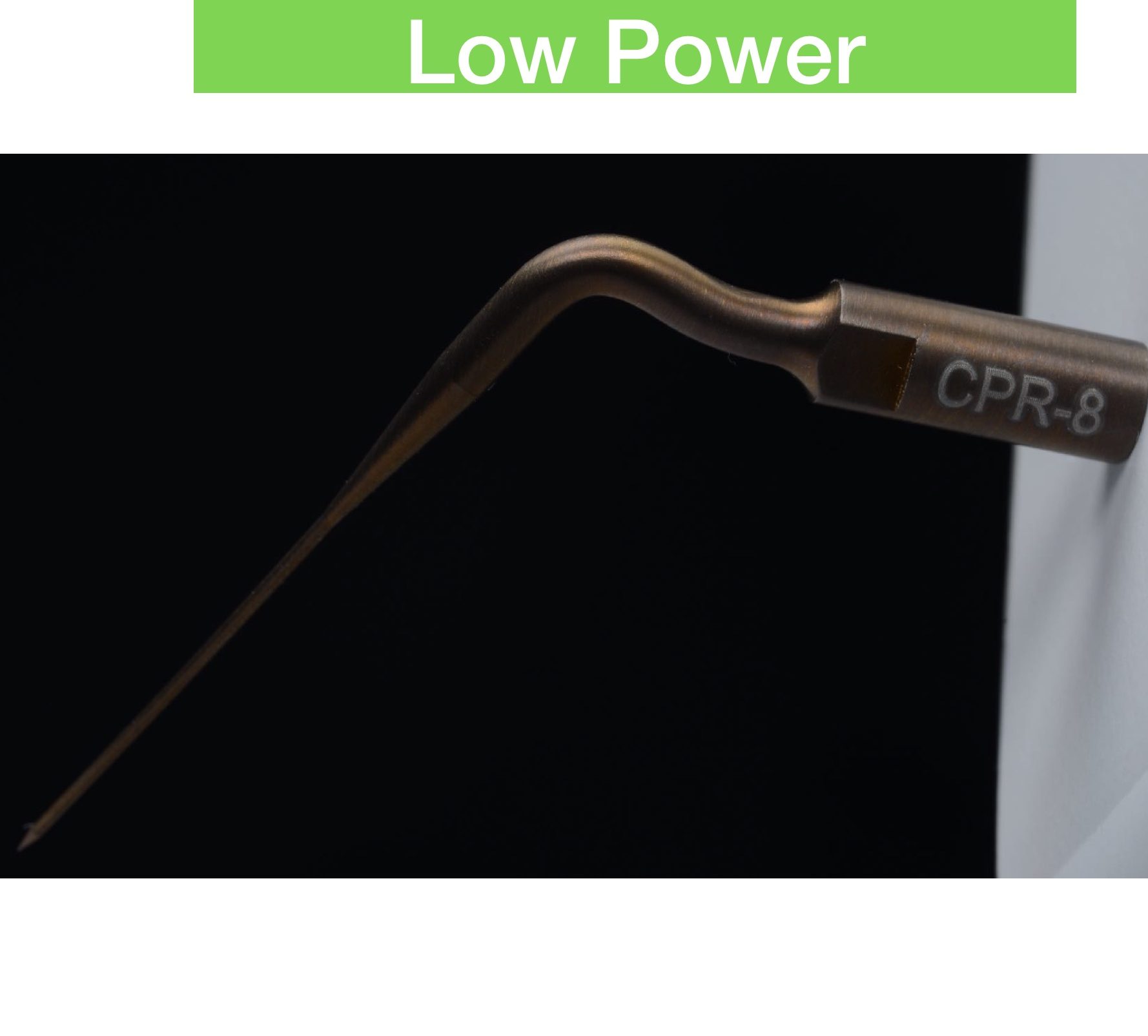
Fig. 13
Broken files removal, deep scouting and deep fiber post removal
CPR 8 is always the best choice in terms of efficacy and durability in such cases. The operator can use it for vibrating broken file remnants, to remove deep intracanal obstacles and to remove the terminal part of fiber posts.
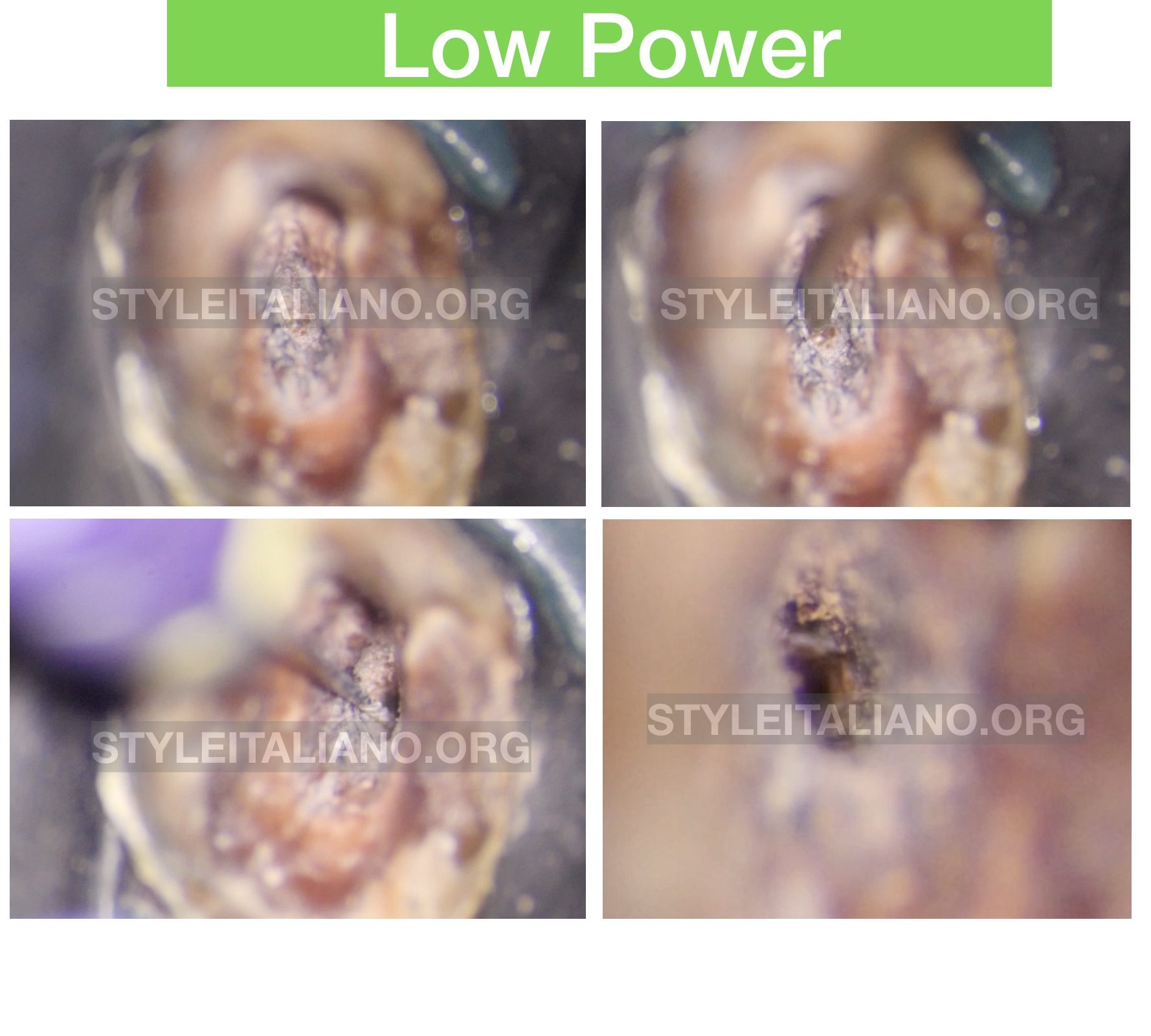
Fig. 14
Canal scouting
CPR 8 is a great tip for conservative canal scouting, because it does not remove much sound tissue.
It has to be used gently, simultaneously blowing away the powder with an air flow.
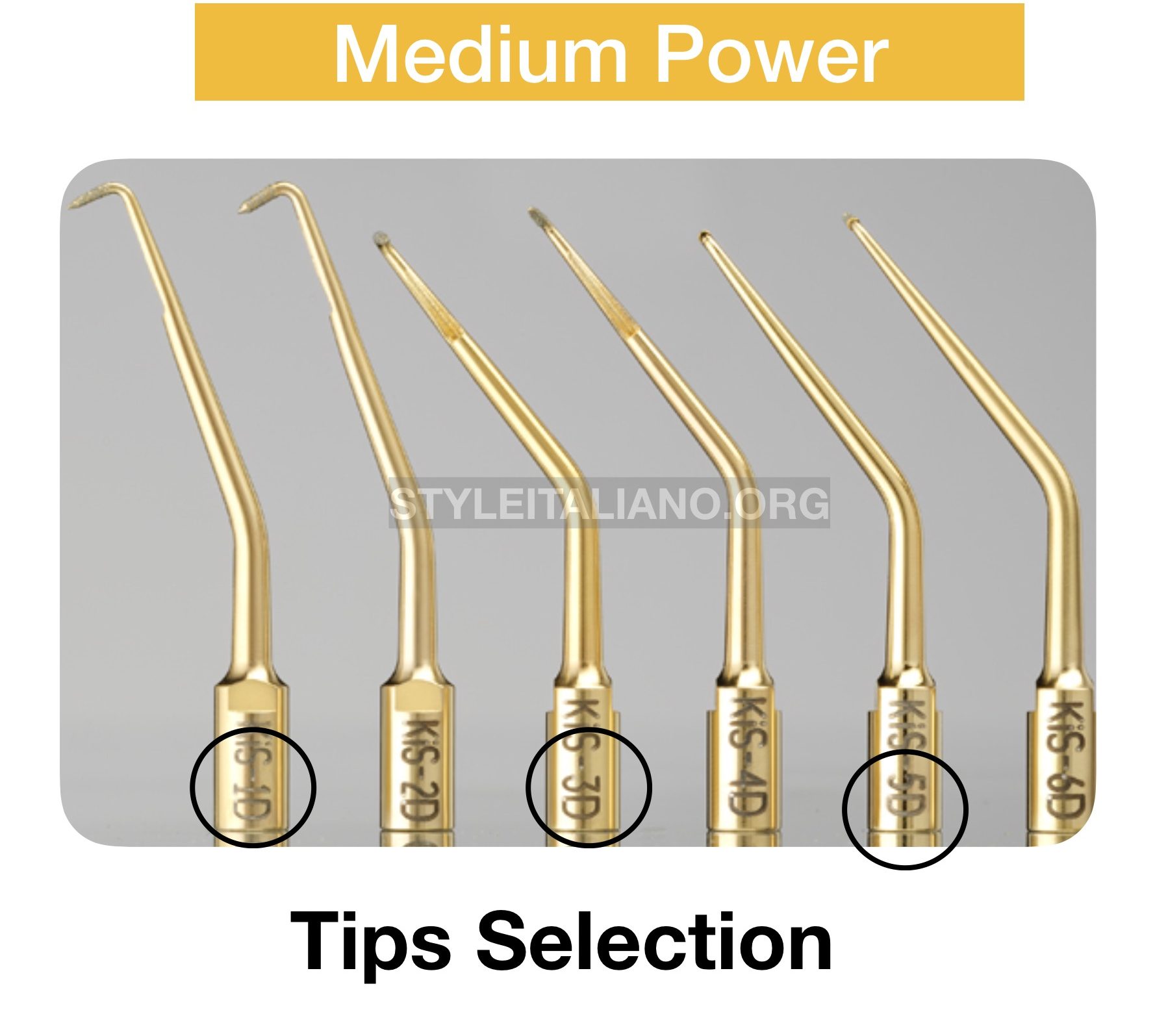
Fig. 15
Micro Apical Surgery
Kis Tips
Our selection is mostly focused on Kis 1, a 90° angle tip with 3 mm of diamond coated tip and a diameter of 0.5mm.
In addition, the expert operator can add 3D and 5D for treating roots with difficult access, like the mesial roots of lower first molars.
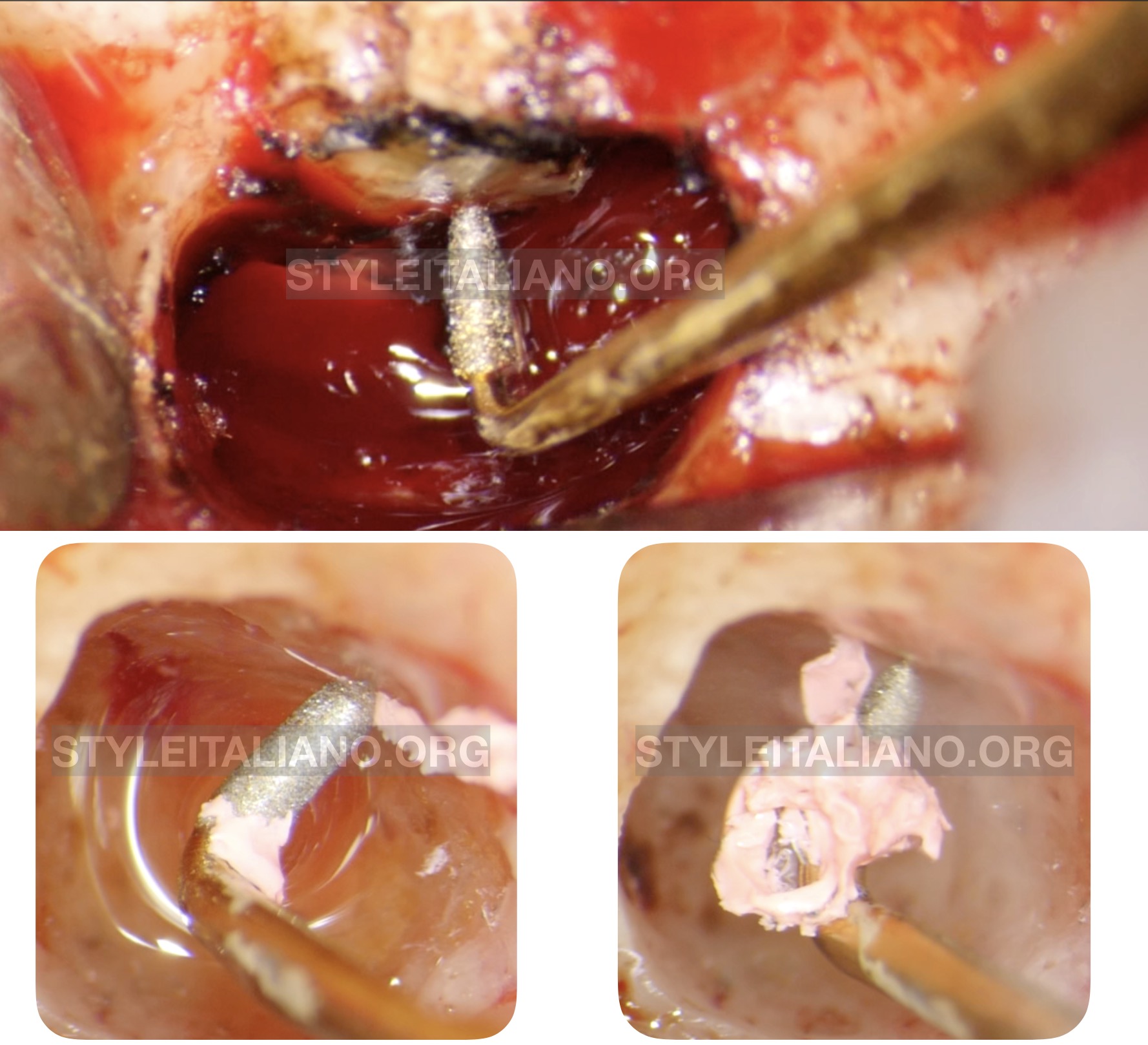
Fig. 16
Kis 1 in action.
The diamond coating is really effective for GP removal and in case for broken files extraction.
The pointy tip is useful for retro canal scouting following the right insertion axis.
Conclusions
It can be concluded that ULTRASONICS offer many applications and advantages in clinical endodontics. such as Improved visualization combined with a more conservative approach, ensuring a better management of clinical cases.
A smart selection of tips and a right application are mandatory in order to achieve better results without errors.
This selection of Obtura Spartan Tips can be useful for any kind of operator, from the GP to the Expert. Our choice includes: BUC 1,1A, 2, 2A, CPR 6, 8 and Kis 1D, 3D, 5D.
Bibliography
Ishikawa H, Sawada N, Kobayashi C, Suda H. Evaluation of root-end cavity prepara-
tion using ultrasonic retrotips. Int Endod J 2003;36:586–90
Rubinstein RA, Kim S. Short-term observation of the results of endodontic surgery
with the use of a surgical operation microscope and Super-EBA as root-end filling
material. J Endod 1999;25:3–8
Postle HH. Ultrasonic cavity preparation. J Prosthet Dent 1958;8:153–60.
Ruddle CJ. Nonsurgical retreatment. In: Cohen S, Burns RC, eds. Pathways of the
pulp, 8th ed. St Louis: Mosby; 2002:875–930
D’Arcangelo C, Varvara G, De Fazio P. Broken instrument removal-two cases.
J Endod 2000;26:368–70
KuttlerS, McLean A, Dorn S, Fischzang A. The impact of post space preparation with
Gates-Glidden drills on residual dentin thickness in distal roots of mandibular
molars. J Am Dent Assoc 2004;135:903–9.


